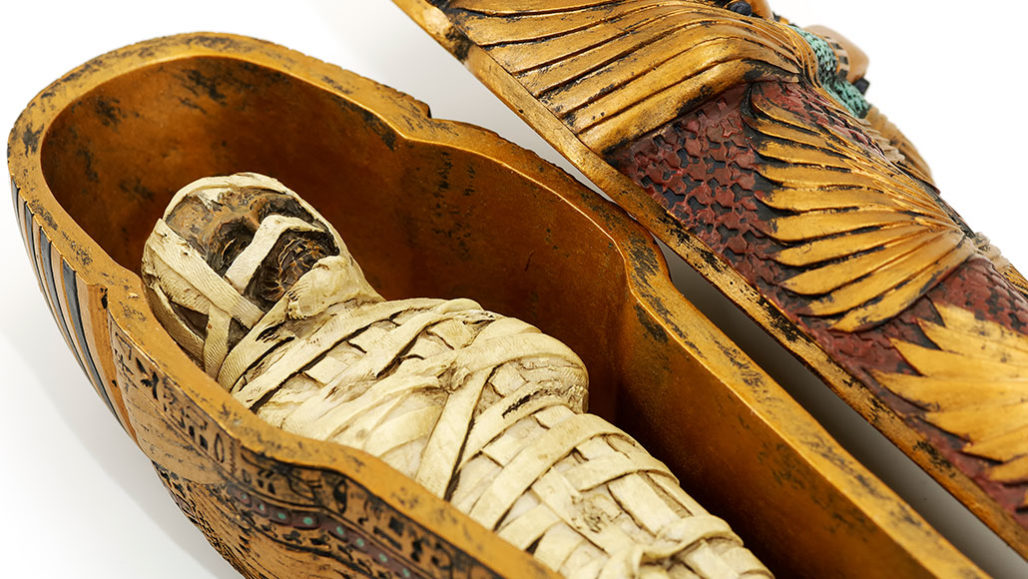3-D: Short for three-dimensional. This term is an adjective for something that has features that can be described in three dimensions — height, width and length.
3-D printing: A means of producing physical items — including toys, foods and even body parts — using a machine that takes instructions from a computer program. That program tells the machine how and where to lay down successive layers of some raw material (the “ink”) to create a three-dimensional object.
bog: A type of wetland that forms peat from the accumulation of dead plant material — often mosses.
culture: (n. in social science) The sum total of typical behaviors and social practices of a related group of people (such as a tribe or nation). Their culture includes their beliefs, values and the symbols that they accept and/or use. Culture is passed on from generation to generation through learning. Scientists once thought culture to be exclusive to humans. Now they recognize some other animals show signs of culture as well, including dolphins and primates.
DNA: (short for deoxyribonucleic acid) A long, double-stranded and spiral-shaped molecule inside most living cells that carries genetic instructions. It is built on a backbone of phosphorus, oxygen, and carbon atoms. In all living things, from plants and animals to microbes, these instructions tell cells which molecules to make.
genetic: Having to do with chromosomes, DNA and the genes contained within DNA. The field of science dealing with these biological instructions is known as genetics. People who work in this field are geneticists.
Great Britain: The collective name for England, Scotland, Wales and their associated islands. This is not the same as the United Kingdom, which is the combination of Great Britain and Northern Ireland.
hieroglyph: Words or phrases in some written language (usually ancient) that are depicted by common, simplistic and recognizable pictures.
infrared: A type of electromagnetic radiation invisible to the human eye. The name incorporates a Latin term and means “below red.” Infrared light has wavelengths longer than those visible to humans. Other invisible wavelengths include X-rays, radio waves and microwaves. Infrared light tends to record the heat signature of an object or environment.
mummy: A body preserved by natural processes or human technology, with some skin and organs remaining.
pyramid: A monumental structure with a square or triangular base and sloping sides that meet in a point at the top. The best known are those made from stone as royal tombs in ancient Egypt.
tissue: Made of cells, it is any of the distinct types of materials that make up animals, plants or fungi. Cells within a tissue work as a unit to perform a particular function in living organisms. Different organs of the human body, for instance, often are made from many different types of tissues.
tract: A particular, well-defined area. It can be a patch of land, such as the area on which a house is located. Or it can be a bit of real estate in the body. For instance, important parts of an animal’s body will include its respiratory tract (lungs and airways), reproductive tract (gonads and hormone systems important to reproduction) and gastro-intestinal tract (the stomach and intestines — or organs responsible for moving food, digesting it, absorbing it and eliminating wastes).

